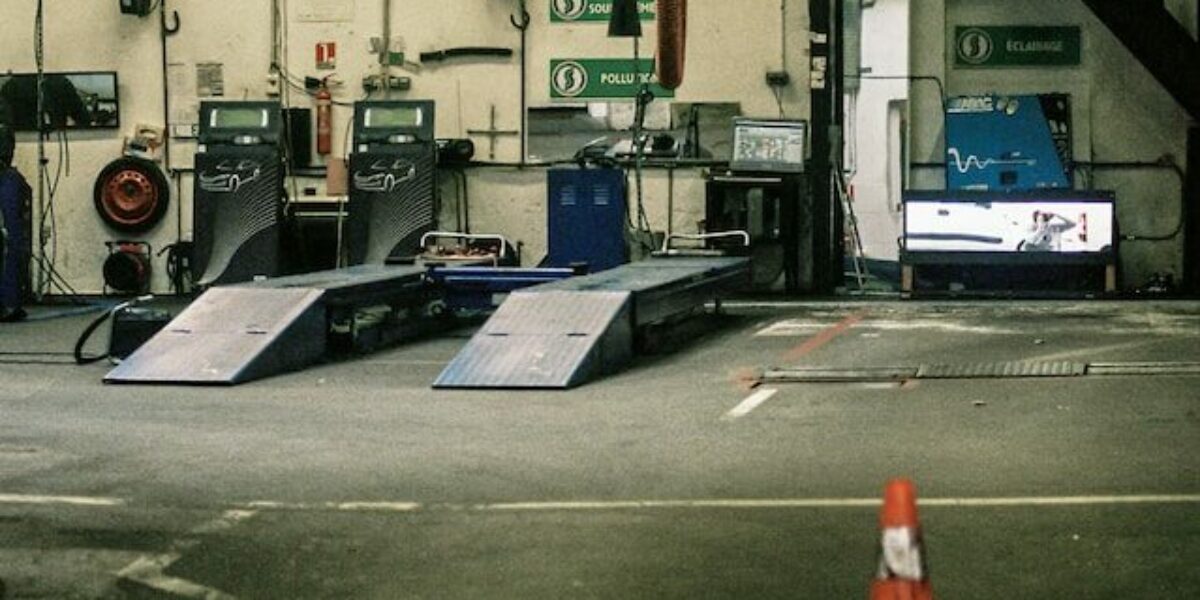Missing major faults
MoT tests are leaving dangerous vehicles on the road
According to official Driver and Vehicle Standards Agency’s (DVSA’s) investigations, dangerous defects are being missed MoT testers.
Analysis of the DVSA’s MoT Compliance Survey 2021-2022 has revealed that 10.1% of cars passed by MoT testers should have failed.
Under inspection
Expert DVSA vehicle examiners, part of a scrutinising team for the compliance survey, retested a randomly selected sample of 1,732 vehicles.
It is all part of an annual study to understand whether correct testing standards are being applied by the industry.
The DVSA disagreed with the test outcomes in 12.2% of cases, with 2.1% of failures deemed to be worthy of a pass certificate.
Not effective
In nearly two-thirds of the vehicles retested (65.9%), the DVSA found at least one defect which the MoT test station had missed or incorrectly recorded.
Of the 1,142 vehicles with defects disagreed, more than half (51.6%) had three more defects missed or disagreed.
Tyres were the component area with the highest number of defects disagreed, at 734, followed by brakes (660) and suspension (642).
The 1,732 retests also resulted in 27 disciplinary actions recorded and 164 advisory warning letters sent to garages.
“Our MOT Compliance Survey is an essential tool helping us make our roads among the safest in Europe,” states a DVSA spokesperson.
“The vast majority of MOT testers carry out testing to the highest standards. Our survey targets a random selection of vehicles and is designed to identify any problems with MOT testing so that we can put them right.
“We are delighted to see that standards have improved since the last report. This underlines the importance of DVSA taking action on the survey results and supporting testers with new digital tools, as well as demonstrating the hard work of MOT testers.”
Avoiding penalties
What Car? magazine recently conducted a survey of 961 car owners. This revealed that 13% admit to being aware of a local garage that is favourable with passing cars through their MOT.
Editor Steve Huntingford says there is are “differences between official vehicle roadworthiness standards and those upheld by some in the industry”. He is concerned that “critical components” are being missed and the consequences are leading to “potentially serious road safety concerns at play”.
“It might seem beneficial for owners to have their vehicle inspected by a favourable garage, but the test is there to provide a minimum standard of vehicle safety.”
Proposed changes
The Government published proposals to change the MoT in January. This included changes to the date at which the first MoT for new light vehicles from three to four years. It also proposed improvements to the monitoring of emissions to tackle pollution.
Ministers claim today’s vehicles are built better and are more resilient to wear and tear, particularly with electric vehicles (EVs) having fewer moving parts. However, road safety and motoring professionals have reservations over the plans. Instead it is generally viewed as a headline grabbing public money saving plan which will only equate to a very small sum for a very small number of vehicle owners. At the same time, it increases the chances of dangerous vehicle defects going unnoticed or repaired.
The Government says pushing the requirement for the first MOT back from three years to four would also save money.






